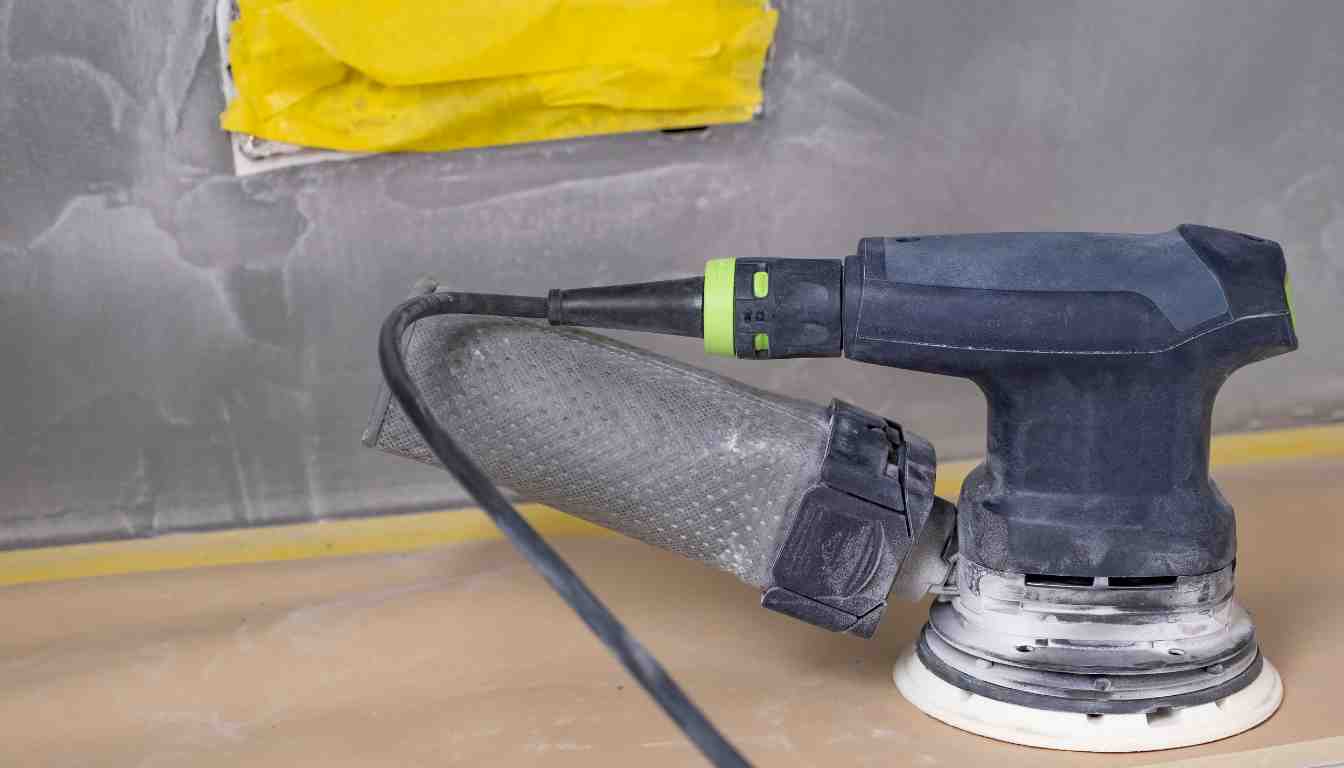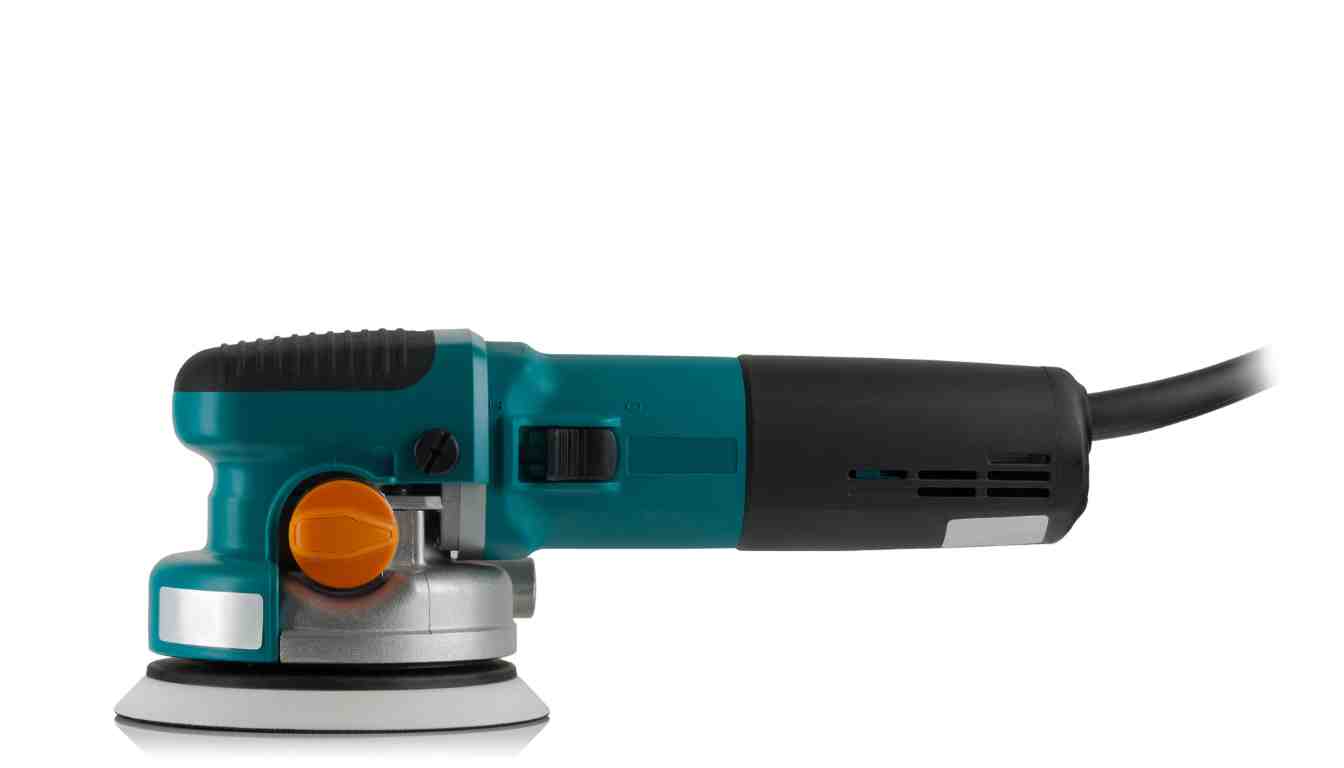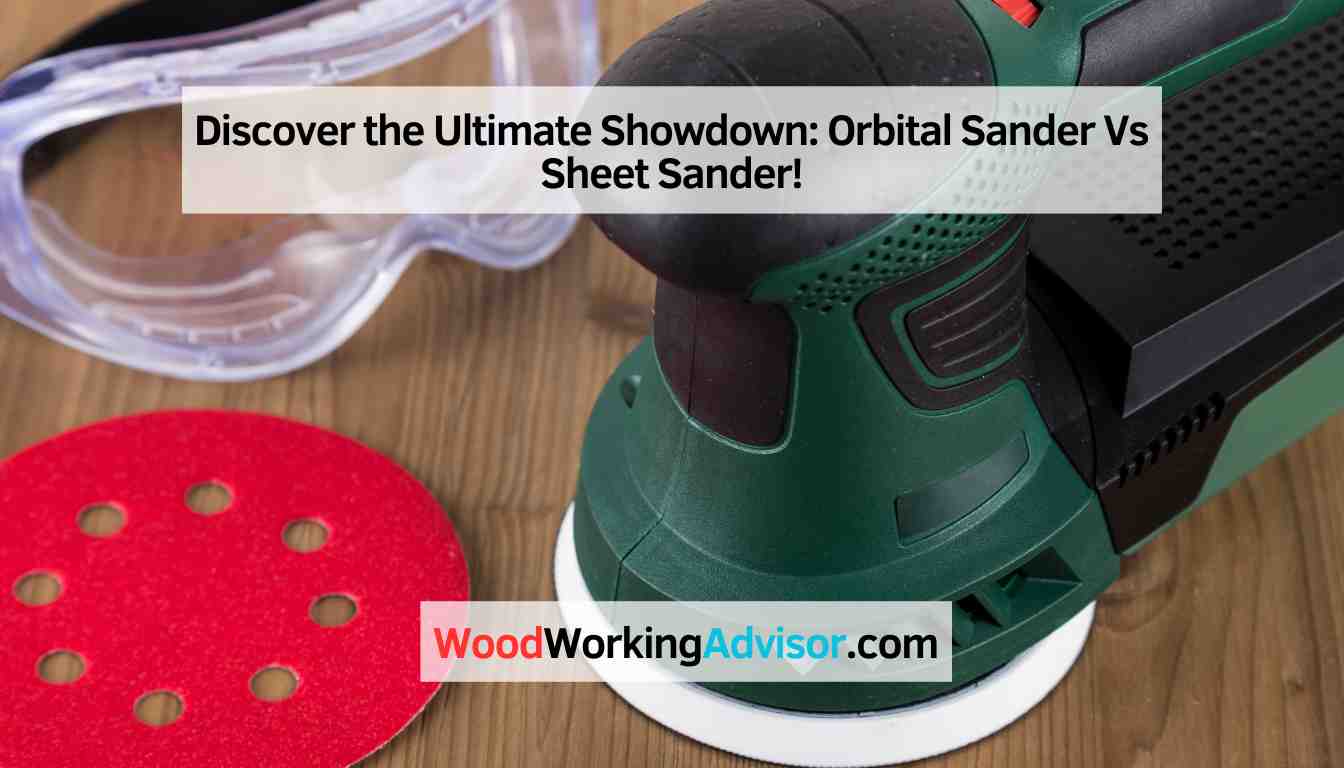The main difference between an orbital sander and a sheet sander is the motion of the sanding pad. An orbital sander moves in a circular motion, while a sheet sander moves in a back-and-forth motion.
When choosing between these two types of sanders, it’s important to consider the project at hand. Orbital sanders are ideal for fine finishing and removing paint or varnish, while sheet sanders are better for sanding large, flat surfaces such as doors or tabletops.
Orbital sanders are generally more versatile and suitable for a range of applications, whereas sheet sanders are more specialized in their use. Ultimately, the choice between the two depends on the specific task and desired results.
1. What Is An Orbital Sander?
An orbital sander is a power tool that is commonly used for smoothing and finishing surfaces such as wood, metal, or plastic. It is a versatile tool that can be used for various sanding tasks, from removing old paint or varnish to preparing surfaces for painting or staining.
A) How Does An Orbital Sander Work?
Unlike other sanders, an orbital sander operates by moving the sanding pad in a circular motion while simultaneously vibrating in small orbits. This dual-action movement helps to provide a smooth and swirl-free finish, making it a highly effective tool for achieving a professional-quality result.
B) Different Types Of Orbital Sanders
There are several types of orbital sanders available in the market, each designed for specific sanding tasks. The main types include:
| Type | Description |
|---|---|
| Random Orbital Sander (ROS) | A popular type of orbital sander that combines both orbital and random movements, providing efficient and consistent sanding. |
| Palm Sander | A smaller and lightweight version of the orbital sander, perfect for small-scale and detail-oriented sanding projects. |
| Finishing Sander | Also known as a sheet sander, it uses a rectangular sanding pad and works in a straight-line motion, making it ideal for flat surfaces. |
Regardless of the type, orbital sanders typically come in both corded and cordless versions, allowing you to choose the option that best suits your needs and preferences.

2. What Is A Sheet Sander?
A sheet sander, also known as a finishing or palm sander, is a versatile power tool that is commonly used for sanding and smoothing various surfaces. It is a popular choice among DIY enthusiasts and professionals due to its ease of use and ability to deliver a smooth finish.
A) How Does A Sheet Sander Work?
A sheet sander works by utilizing either square or rectangular sheets of sandpaper to sand surfaces. The sandpaper is securely attached to the flat base of the sander, which vibrates or moves in a circular motion to create friction against the material being sanded. This friction helps in smoothening the surface and removing uneven areas, imperfections, or old paint.
B) Different Types Of Sheet Sanders
Sheet sanders come in various types, allowing users to choose the one that best suits their specific needs. Here are three of the most common types:
- Palm sander: This type of sheet sander is small and lightweight, making it easy to handle and maneuver. It is ideal for sanding small, tight spaces and intricate details.
- Random orbital sander: The random orbital sander combines both a rotating and vibrating motion to provide a swirl-free finish. It is highly effective at removing material quickly and efficiently.
- Vibrating finishing sander: This type of sheet sander moves in a back-and-forth motion, providing smooth and even sanding results. It is perfect for flat surfaces and offers excellent control.
When choosing a sheet sander, it’s important to consider the specific requirements of your project, the surface you’ll be working on, and the level of control and finish you desire.
3. Key Differences Between Orbital And Sheet Sanders
When it comes to sanding tools, there are various options available, each with its own unique features. Two popular options that often come up in discussions are orbital sanders and sheet sanders. While both of these tools are used for sanding surfaces, there are some key differences between them that make each one suitable for specific tasks. In this section, we will explore these key differences to help you make an informed decision when choosing between an orbital sander and a sheet sander.
Sanding Motion
One of the primary differences between orbital and sheet sanders lies in their sanding motion. An orbital sander operates using a circular motion, where the sanding pad moves in small orbits or circles. This motion enables the orbital sander to remove material more aggressively and quickly, making it ideal for tasks that require significant material removal or leveling uneven surfaces.
On the other hand, a sheet sander uses a back-and-forth or linear sanding motion. This motion is more suited for finer sanding tasks, such as preparing surfaces for painting or achieving a smooth finish. The linear motion of a sheet sander allows for more controlled and precise sanding, making it a preferred choice for delicate projects where finesse is crucial.
Sanding Speed
The sanding speed of a sander is an important consideration, as it directly affects the efficiency and effectiveness of your sanding tasks. In terms of sanding speed, orbital sanders are generally faster than sheet sanders. The circular motion of the orbital sander, combined with its higher RPM (revolutions per minute), allows for quicker material removal and faster sanding overall.
Meanwhile, sheet sanders, with their back-and-forth motion, have a slower sanding speed compared to orbital sanders. While this may make sheet sanders seem less efficient, their slower speed actually works to their advantage when it comes to finer sanding tasks. Sheet sanders allow for more control and precision, which is essential for achieving a flawlessly smooth finish or preparing surfaces for painting.
Versatility
Another important aspect to consider when choosing between orbital and sheet sanders is their versatility. Orbital sanders are highly versatile tools that can handle a wide range of sanding tasks. Their aggressive sanding action makes them suitable for rough sanding, leveling uneven surfaces, and removing paint or varnish.
Sheet sanders, on the other hand, are known for their versatility when it comes to finish sanding. They excel at smoothing out surfaces, removing imperfections, and achieving a polished look. Whether you’re working on wood, metal, or even plastic, sheet sanders can handle a variety of materials, making them a versatile choice for a wide range of projects.
Dust Collection
When it comes to keeping your workspace clean and dust-free, both orbital and sheet sanders offer some form of dust collection. However, the effectiveness of dust collection can vary between the two types of sanders.
Orbital sanders typically come with a built-in dust collection bag or a dust collection port that can be connected to a vacuum cleaner or dust extractor. This helps to capture a significant amount of the dust generated during sanding, minimizing airborne particles and keeping your workspace cleaner.
Sheet sanders, on the other hand, may come with a dust collection bag, but their efficiency in capturing dust may not be as high as that of orbital sanders. However, many sheet sanders offer the option to connect to a vacuum cleaner or dust extractor, allowing for better dust collection and improved overall cleanliness while sanding.

4. Pros And Cons Of Orbital And Sheet Sanders
When it comes to sanding, you have two popular options to choose from – the orbital sander and the sheet sander. Both tools are designed to help you achieve a smooth and flawless finish on your woodworking projects. In this section, we will take a closer look at the pros and cons of each sander, helping you make an informed decision about which one is right for your needs.
A) Pros Of Orbital Sander
- Suitable for both rough and finish sanding, making it versatile for various projects.
- Its random orbital motion prevents swirling or gouging, ensuring a consistent and even result.
- The circular sanding pad allows easy maneuverability and access to tight corners.
- Efficient dust collection system keeps your workspace cleaner and healthier.
- Quick paper changes due to the hook-and-loop or Velcro system, saving you time and effort.
B) Cons Of Orbital Sander
- Generally more expensive than sheet sanders, making it a pricier investment.
- May leave visible sanding marks on delicate surfaces if not used properly.
- Less aggressive than sheet sanders, which may require more time for heavy material removal.
C) Pros Of Sheet Sander
- Produces a very smooth and consistent finish, ideal for fine woodworking projects.
- Excellent for sanding large, flat surfaces, such as tabletops and hardwood floors.
- Available in various grits and sizes, allowing for customization based on the project requirements.
- Often more affordable than orbital sanders, making it a budget-friendly option.
D) Cons Of Sheet Sander
- The rectangular sanding pad limits access to tight corners and curved surfaces.
- May cause swirl marks or uneven results if not used with proper technique.
- Less effective in controlling the dust compared to orbital sanders.
Conclusion
To conclude, when deciding between an orbital sander and a sheet sander, it ultimately comes down to the specific task at hand. The orbital sander is ideal for larger, smooth surfaces, providing fast and even finishing. On the other hand, the sheet sander is perfect for small and intricate spaces.
Remember to consider your project requirements, the amount of sanding needed, and your personal preferences before making a decision. Choose the sander that best suits your needs for a smooth and professional finish every time.


